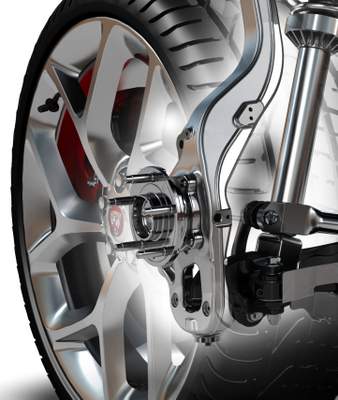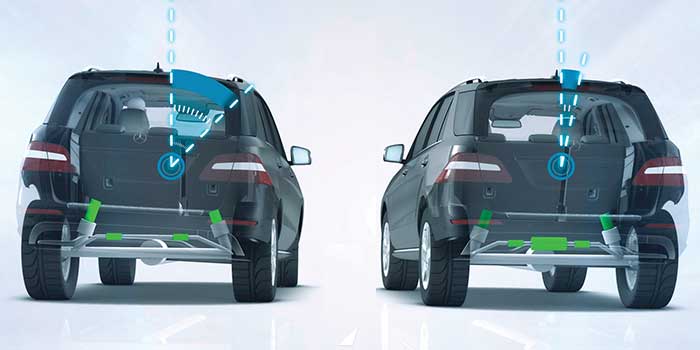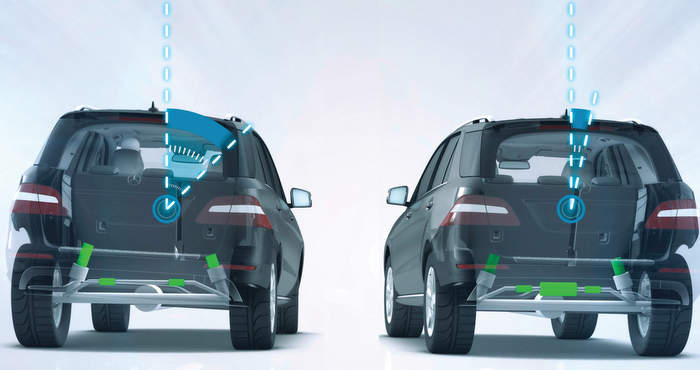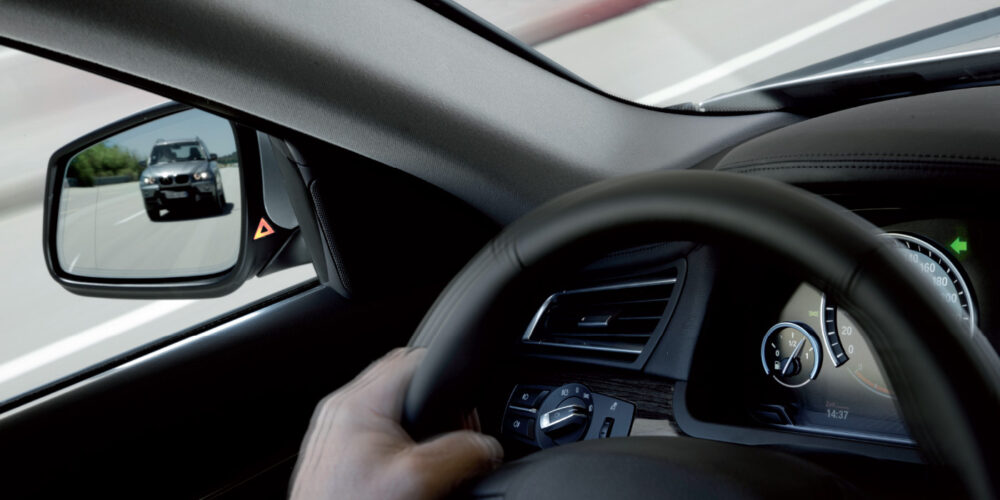 The first mass-produced anti-lock braking systems (ABS) were introduced in 1985. By 2008, almost every passenger vehicle came standard with ABS. Next, electronic stability control (ESC) became a mandated safety feature for the 2012 model year. Along with all these advancements have come false activation complaints. Solving these has been a diagnostic conundrum through the years.
The first mass-produced anti-lock braking systems (ABS) were introduced in 1985. By 2008, almost every passenger vehicle came standard with ABS. Next, electronic stability control (ESC) became a mandated safety feature for the 2012 model year. Along with all these advancements have come false activation complaints. Solving these has been a diagnostic conundrum through the years.
False activation incidents involve the ABS modulator taking over braking or intervening to restore vehicle stability. The customer may feel feedback in the brake pedal like a pulsation or sudden drop. Some may also experience a drop in power or the vehicle may suddenly pull in one direction.
WHEEL SPEED SENSOR PROBLEMS
The most common complaint on older vehicles is ABS activation at speeds between 3-15 mph. This problem usually starts with the wheel speed sensors. A weak signal from a sensor is interpreted as a locked wheel, which triggers the computer to activate the ABS system and release brake pressure in an attempt to unlock the wheel. The driver might experience a longer than normal stop.
On these older systems with passive sensors, the cure for false activation is to clean the tip of the wheel speed sensor, inspect the tone ring and adjust the air gap. This typically fixes the problem.
New magnetoresistive sensors or “active” wheel speed sensors are not prone to issues of metal accumulation on the tip of the sensor. These new systems are also able to detect when each tooth passes by the sensor, instead of relying on the voltage generated to determine wheel speed.
False activations are still a problem with active systems, but more advanced modules are able to determine if a wheel is locked or if there is a wheel speed sensor problem. Instead of activating the ABS module and causing long stops, the system will deactivate and the ABS warning light will turn on.
ESC FALSE ACTIVATION PROBLEMS
The next false-activation scenario involves the ESC system. The source of the problem can be more than one sensor and can even be traced to alignment angles. The customer may not notice an issue until there is a mechanical problem with the brakes. In these cases, you may notice that one wheel is covered in brake dust. Some customers may complain the ESC activates on slower corners or on highway off ramps.
Solving these problems requires thinking like an ESC system. Most vehicles have two accelerometer sensors that measure the gravitational force (g-force) generated by cornering and braking — one measures braking and acceleration, the other measures cornering forces. A yaw sensor measures the vehicle’s rotation on its vertical axis. These sensors are typically found in a module or “sensor cluster” under the center console as near as possible to the vehicle’s center of gravity. If these sensors come unbolted from their mountings, they need to be calibrated.
The most important sensor is the steering angle sensor (SAS), which measures steering angle, steering wheel speed and torque applied by the driver. This input tells the ESC system what the driver wants to do. The other sensors tell the ESC system what the vehicle is actually doing.
 Let’s examine what happens during an understeer condition where the wheel turns, but the vehicle continues to travel in a straight line. The driver will continue to increase the steering angle, but the lack of traction keeps the vehicle going straight.
Let’s examine what happens during an understeer condition where the wheel turns, but the vehicle continues to travel in a straight line. The driver will continue to increase the steering angle, but the lack of traction keeps the vehicle going straight.
The ESC computer sees the understeer event via the sensors long before the driver realizes it. The ESC computer also sees that the driver’s steering angle is greater than the actual path measured by the yaw and lateral accelerometers.
The ESC system intervenes to try to make the vehicle turn. The first action might be to close the throttle to transfer weight to the front so the tires can gain traction. The next action might be to increase braking force on the inside front and/or outside rear tire to try to get the vehicle to rotate. All this time the sensors are monitoring what the driver is doing and the effectiveness of the correction. This happens in nanoseconds.
Let’s say a steering position sensor is giving a false reading of an extra 50º when the car is traveling in a straight line. The ESC might perform a correction by activating the brakes in order to get the steering angle to match what the other sensors are seeing.
The other possibility is the extra 50º on an off ramp may trigger the ESC system because it is interpreting the signals as an understeer condition.
Another false activation scenario can be caused by an excessive thrust angle. The thrust angle is an imaginary line drawn perpendicular to the rear axle’s centerline. It compares the direction that the rear axle is aimed with the centerline of the vehicle. Excessive thrust angle can cause the vehicle to go down the road at an angle with the steering wheel turned to one side.
The ESC system can experience the effects of an excessive thrust angle, but it can’t see the thrust angle. The yaw sensor shows that the vehicle is not traveling in a straight line, and the accelerometers and the steering angle show that the driver might be trying to make a correction. The accelerometers tell the system that nothing is happening.
The ESC system might read this as the rear end starting to step out, which could be interpreted as an oversteer. The ESC system might try to correct the condition by pulsing the inside rear brake.
Most of these false activation scenarios are not going to occur while a vehicle is traveling in a straight line. These problems often show up from road crown, during turns and at certain speeds.
Diagnostic Strategies
1. First, interview the customer and find out when and where the problem occurs. Ask a lot of questions.
2. Second, inspect the brakes for uneven wear. Compare the thickness of the pads on both sides of the axles. Also look for a single wheel covered in brake dust.
3. Third, with a factory or enhanced scan tool, observe the sensor readings for the steering angle, accelerometers and yaw sensors. To test the accelerometers in the sensor cluster, you can remove the sensor cluster from its mounting. With the harness connected, turn the module on its side. Since earth’s gravity is exactly 1G, the sensor should read ±1G when turned on its side or end. Calibration procedures with a scan tool can also solve many problems.
Lastly, information is key. TSBs and service information are vital to resolving certain problems. Since these systems operate on high-speed proprietary or CAN serial data buses, the integrity of the wiring harness is critical for operation. Often, these systems will connect the ECU, BCM and ABS/ESC on a single bus so they can operate as one system.
Courtesy Brake & Front End.















